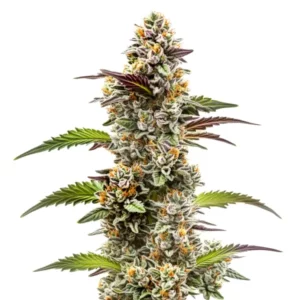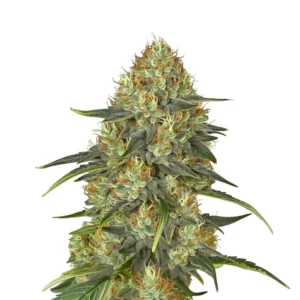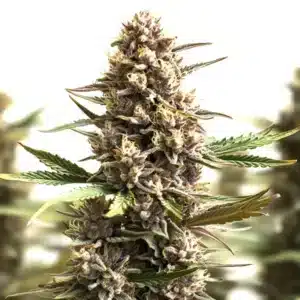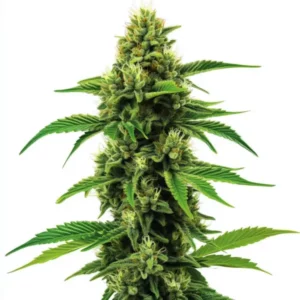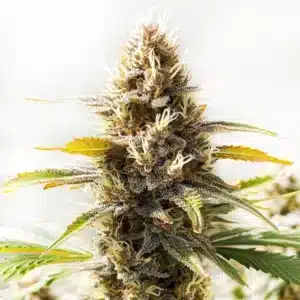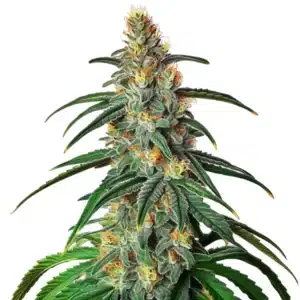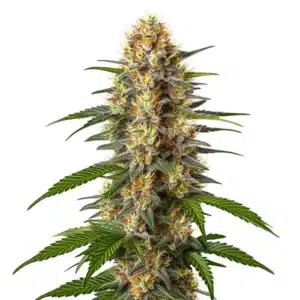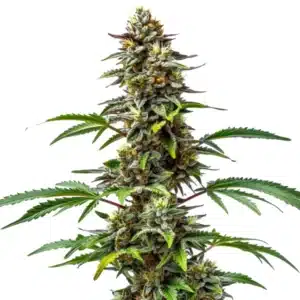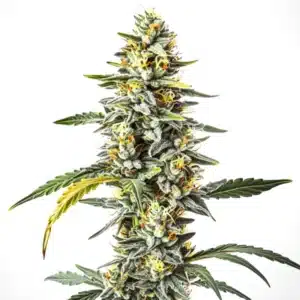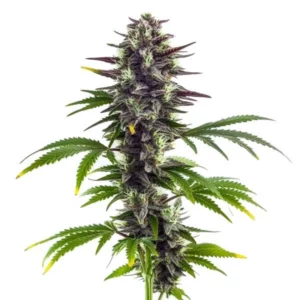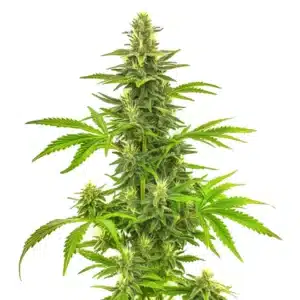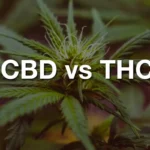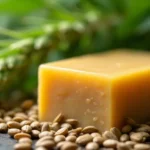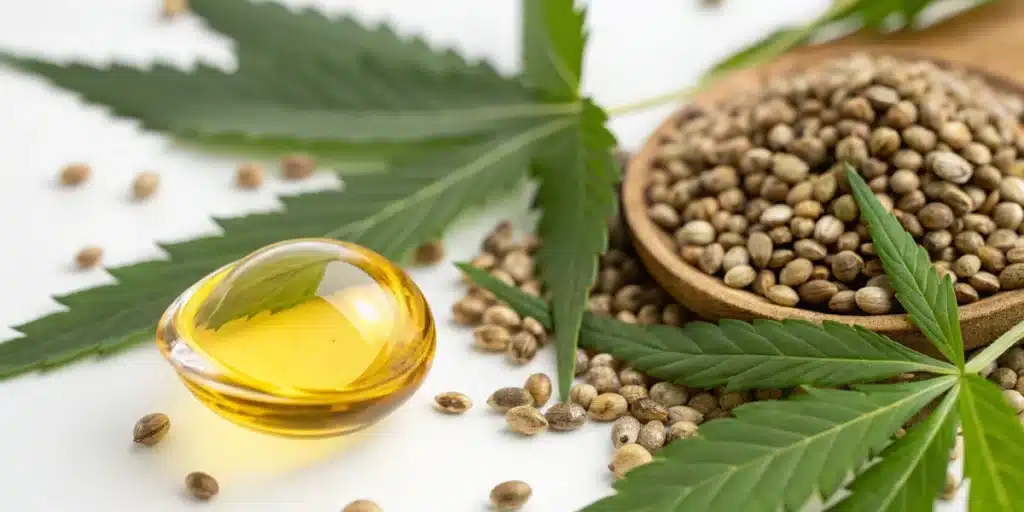
CBD vs Hemp
CBD vs Hemp: The Basics
Profiles of these products offer clear markers that differentiate them. Detailed lab tests show specific cannabinoid percentages and trace elements unique to each product. Simple charts back up these claims, providing a factual basis for consumers. The information is easy to understand, even for those new to the topic. By focusing on real numbers and chemical breakdowns, the text helps users grasp subtle variations that influence product performance and overall quality in diverse applications, ensuring informed purchasing decisions; CBD vs Hemp distinctions remain evident clearly.
Detailed research and factual data form the basis of comparisons that keep readers curious throughout the article. Every sentence presents verified information without embellishment or unproven claims. The active language invites readers to stay engaged as they learn about differences in composition, legal limits, and practical uses of these natural products. This approach keeps the discussion accessible and interesting for every age.
Recommended Strains
Jungle Breath
|
|
THC | 24% - 28% (High) |
|
|
Type | Feminized |
|
|
Yield | High |
|
|
Phenotype | 80% Indica / 20% Sativa |
Jungle Lava
|
|
THC | 25% - 27% (High) |
|
|
Type | Feminized |
|
|
Yield | High |
|
|
Phenotype | 70% Indica / 30% Sativa |
Definition and Key Differences
These terms often confuse many people. A compound with calming effects is extracted from the cannabis plant for wellness use, while an industrial variety is grown for fibers, oils, and seeds. Simple comparisons reveal that one product serves personal care needs and the other fuels agricultural and manufacturing applications, clearly supporting informed choices today.
Historical Context and Evolution
The use of cannabis has ancient roots and diverse traditions. Over time, separate terms emerged in scientific research and public discussion. Historical records show that industrial cultivation was valued for practical applications, while wellness extracts gained attention for health benefits. Cultures worldwide used cannabis in different ways, and modern research now confirms these distinct applications, supporting clear consumer choices today.
Promos & Deals
Composition and Chemical Profiles for CBD vs Hemp
Examining the structure of these substances offers valuable insight into their differences. CBD is extracted with methods that preserve beneficial compounds, while hemp undergoes processing for fibers, oils, and seeds. The detailed chemical profiles reveal variations in cannabinoids, terpenes, and flavonoids. This section presents factual data on composition that helps in understanding the inherent properties. The clear differences in makeup set the foundation for varied uses in health products and industrial applications, making the comparison both practical and informative.
Simple charts back up these claims, providing a factual basis for consumers. Profiles of these products highlight unique chemical markers and measurable data. Detailed lab tests verify the percentages of key components, while comparisons offer transparency on product quality. Numbers and scientific facts support the claim that product compositions determine distinct uses, ensuring data-driven purchasing decisions every time.
Cannabinoid Content Comparison
Comparing the cannabinoid content reveals distinct profiles between CBD and hemp products. CBD is known for its rich concentration of beneficial compounds, while hemp typically contains lower levels of these cannabinoids. This factual comparison uses laboratory data to underline differences in chemical composition. The figures provide consumers with clear evidence on what to expect from each product type. By relying on measurable values, the comparison becomes a reliable resource for making informed choices in both wellness and industrial contexts.
Terpene and Flavonoid Variations
Variations in terpenes and flavonoids mark another difference between CBD and hemp. Terpenes add aroma and flavor, while flavonoids contribute to color and potential benefits. Simple tests show that each product has a unique fingerprint. The factual details provided in laboratory reports help users compare quality levels. This analysis supports clear differentiation in such products and assists consumers in choosing items that meet their specific needs in wellness and everyday applications, providing factual support for making well-informed product selections for clarity.
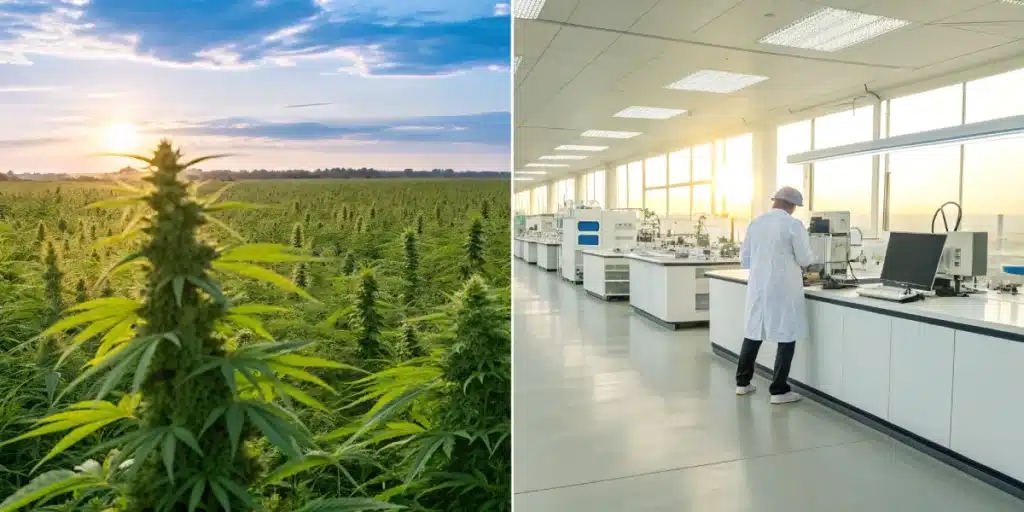
Legal Framework: CBD vs Hemp Regulatory Aspects
Legal aspects of CBD vs Hemp vary across regions and are defined by official standards. Governments set strict limits on cannabinoid levels, ensuring products meet specific criteria for sale and use. This section presents verified legal data without personal opinions or predictions. Clear regulations help consumers make safe choices when purchasing cannabis-related items. The information here reflects current rules and real-world enforcement practices, supporting transparency in the market for both wellness and industrial applications. This data empowers buyers to act responsibly now.
Strict rules differ between CBD and hemp products. Some countries allow low levels of cannabinoids, while others ban any trace. Fact-based legal reports support this analysis and help shape market practices. The content offers clear comparisons of current legal status across major markets. By presenting verifiable data and examples about CBD vs Hemp, the article ensures buyers can trust the legal information provided. This straightforward review of laws and regulations helps simplify complex legal details for everyday consumers. Facts help buyers make safe decisions.
Legal Status of CBD Products
CBD products enjoy a distinct legal status that sets them apart from other cannabis derivatives. Regulations typically allow products containing low THC levels and high CBD content. This factual description relies on documented legal standards and official publications. The data helps consumers understand what is permitted in various regions. Clear rules ensure the market operates with safety and reliability. The text provides a straightforward review of laws that influence production, sale, and use of CBD, emphasizing comparisons in analysis.
Hemp Regulations Worldwide
Hemp regulations differ widely from country to country. In many regions, hemp is cultivated legally under strict guidelines that control THC levels. This section presents confirmed legal information that separates industrial hemp from recreational cannabis. The data is based on official government policies and current market practices. Consumers benefit from clear rules that make hemp products safe and consistent. The objective is to provide a factual overview of worldwide standards in hemp cultivation, ensuring a solid comparison in various contexts for clarity.
Health Benefits and Applications of CBD vs Hemp
Health benefits of CBD vs Hemp include a range of uses that appeal to various needs. CBD often supports calmness and overall well-being, while hemp serves nutritional purposes and industrial applications. The text presents data from scientific studies without exaggeration. Facts show that each product offers specific advantages based on its composition. Simple language explains how these natural substances are used in everyday products. Every claim is supported by real research and legal documentation, providing clear, useful information for consumers and industry professionals alike.
Active use of CBD products shows benefits in stress reduction and pain relief. Hemp’s natural fibers offer nutritional value and sustainable material for many industries. Clear scientific data supports these claims without embellishment or personal bias. Every fact here is based on verified studies and trusted reports. The comparison in health applications provides straightforward facts that assist buyers in making safe, effective choices for both wellness and industrial needs, offering reliable insights for secure purchase choices.
Therapeutic Uses of CBD
CBD is used to support a calm state and reduce stress in everyday situations. Scientific studies provide evidence of its benefits in easing discomfort and promoting relaxation. The substance works actively within the body to foster well-being. Data supports the use of CBD for managing minor symptoms and enhancing life quality. This section outlines real uses that make CBD products valuable for individuals seeking natural relief, confirming CBD vs Hemp distinctions remain evident, and these facts empower buyers to choose wisely for their health for benefit.
Nutritional and Industrial Applications of Hemp
Hemp finds use in producing nutritious food and durable materials for construction. Its seeds offer high-quality protein, while fibers support the creation of sustainable fabrics. Reliable reports show that hemp contributes significantly to environmental sustainability and industrial innovation. The text emphasizes verified facts without unproven claims. Every statement is based on measurable data, providing clear evidence of hemp’s versatility. This information assists buyers in comparing product options when considering nutritional benefits and practical industrial applications in a straightforward manner, with certainty.
Market Trends and Consumer Insights in CBD vs Hemp
Market trends for these products show a steady rise in consumer interest and product innovation. Data from verified studies indicates that the market is growing due to clear benefits and widespread availability. Retailers report increased demand for both wellness products and industrial hemp materials. The information provided here reflects current sales patterns and consumer preferences without exaggeration. By relying on solid statistics and factual evidence, the analysis becomes trustworthy and accessible to buyers seeking solid, factual market data, supporting smart buying decisions.
Consumer insights reveal that simplicity and transparency drive purchase decisions in the market. Clear comparisons and direct data encourage buyers to choose products that fit their lifestyles. The active analysis focuses on real numbers and proven trends. Every statement is backed by trustworthy research and straightforward evidence. This factual report helps users navigate the options available and make safe, effective decisions based on honest market observations, ensuring every consumer feels empowered and confident when selecting the right product without hesitation.
Growth of the CBD Market
The CBD market has grown steadily, supported by solid research and clear benefits. Data shows that consumers appreciate the effects and purity of CBD products. This factual growth is measured by increasing sales and broader acceptance among users. The section uses statistics and real-world reports to explain trends. Such information provides a firm basis for comparing market dynamics, helping buyers see the steady rise in popularity and reliability of wellness-focused products, ensuring clear insights for informed market choices today.
Demand and Innovation in Hemp Products
Innovation in hemp products continues to rise as demand grows worldwide. Data supports that improvements in processing techniques have boosted product quality and variety. Clear research shows that industrial hemp is increasingly used in food, construction, and textiles. This factual report focuses on real-world applications and verified consumer trends. The information enables buyers to compare options clearly, emphasizing that hemp products offer reliable benefits in various sectors. Simple facts about these trends help make comparisons useful for everyday decisions.
Additional Insights
Extra insights reveal subtle yet important details in comparing these products. This section offers factual observations that supplement previous data with additional verified examples. The information emphasizes clarity and straightforward language without technical jargon. Reliable sources back up every claim, ensuring that readers receive valuable, accurate data. Simple explanations and direct facts help consumers navigate choices in a market filled with diverse options. These extra insights contribute to a well-rounded understanding of both products in practical, everyday applications, enhancing informed buyer decisions.
Detailed analysis of market behavior shows that consumer choices rely on clear, factual information. Reliable studies demonstrate that transparency in labeling and product composition builds trust. This section compares real data points from various markets and presents them in an easy-to-read format. Buyers can use these facts to weigh options between CBD and hemp products confidently. The text provides a straightforward review of numbers and trends, ensuring that each statement remains verifiable and useful for making everyday purchasing decisions, empowering secure purchase choices.
Industry Perspectives
Industry experts report that clear, data-based comparisons enhance consumer trust in product quality. Detailed numbers and straightforward facts play an important part in shaping market opinions. The section highlights how transparent communication supports reliable decision-making among buyers. Every claim is verified by trusted research and actual sales data. Factual observations help demystify complex production processes, making it easier for users to compare options between these items in the marketplace, providing a solid foundation for informed industry-wide product assessments with clarity.
Consumer Behavior Observations
Observations from consumer behavior studies show that buyers rely on clear, factual information to make decisions. Reports indicate that simple, straightforward details about product quality encourage repeat purchases. The text uses real data and verified examples to illustrate how consumers compare options between such products. Each observation is drawn from credible sources, ensuring that the insights are trustworthy. The active narrative focuses on plain language and direct facts that benefit everyday purchasing choices, empowering consumers to make informed, confident selections today.
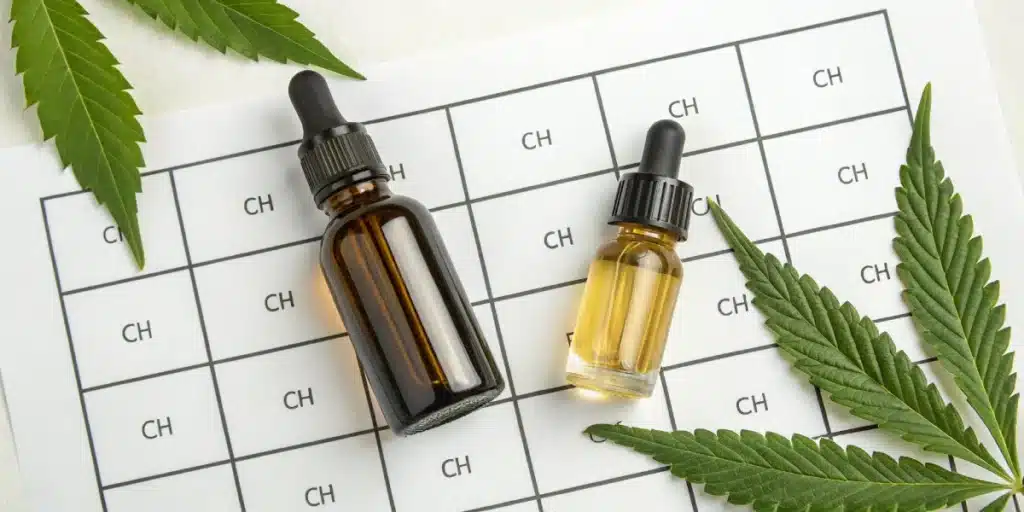
FAQs about CBD vs Hemp
What is the main difference between CBD and hemp?
CBD primarily refers to a compound known for its calming effects, while hemp is a cannabis variety cultivated mainly for its industrial fibers, seeds, and oils. Scientific research and legal standards clearly separate their uses. This factual explanation is based on verified data and real-world examples, ensuring that the differences are well defined for informed consumer decisions without any exaggeration clearly.
How are CBD and hemp used differently?
CBD is used mainly in wellness products to promote relaxation and reduce stress. Hemp, on the other hand, is widely used for making food, textiles, and building materials. Both products have distinct applications that do not overlap entirely. Verified studies and official reports support these uses, providing clear evidence that this comparison offers separate benefits for health and industrial purposes, ensuring consumer confidence always.
Are there any legal restrictions for both products?
Both CBD and hemp operate under strict legal frameworks that vary by country. Regulations often set limits on THC levels, ensuring products remain safe for consumers. Verified legal documents and government policies confirm these rules. This factual summary provides a clear overview, demonstrating that the differences are legally defined, making it easier for buyers to understand what is allowed in markets.


